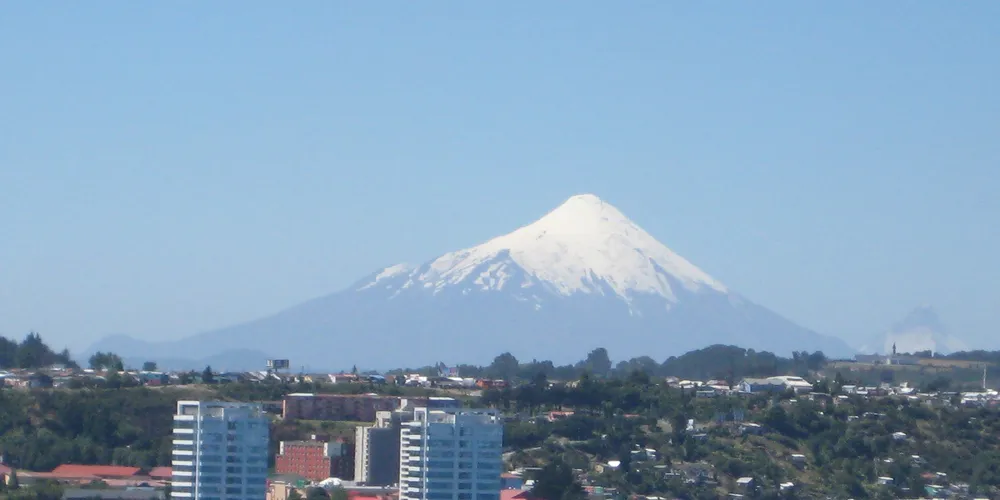AquaSur 2016 blog: Full recap of the show
IntraFish is reporting live from Puerto Montt, Chile. Check back here to get all the updates from the show floor.

IntraFish is reporting live from Puerto Montt, Chile. Check back here to get all the updates from the show floor.
